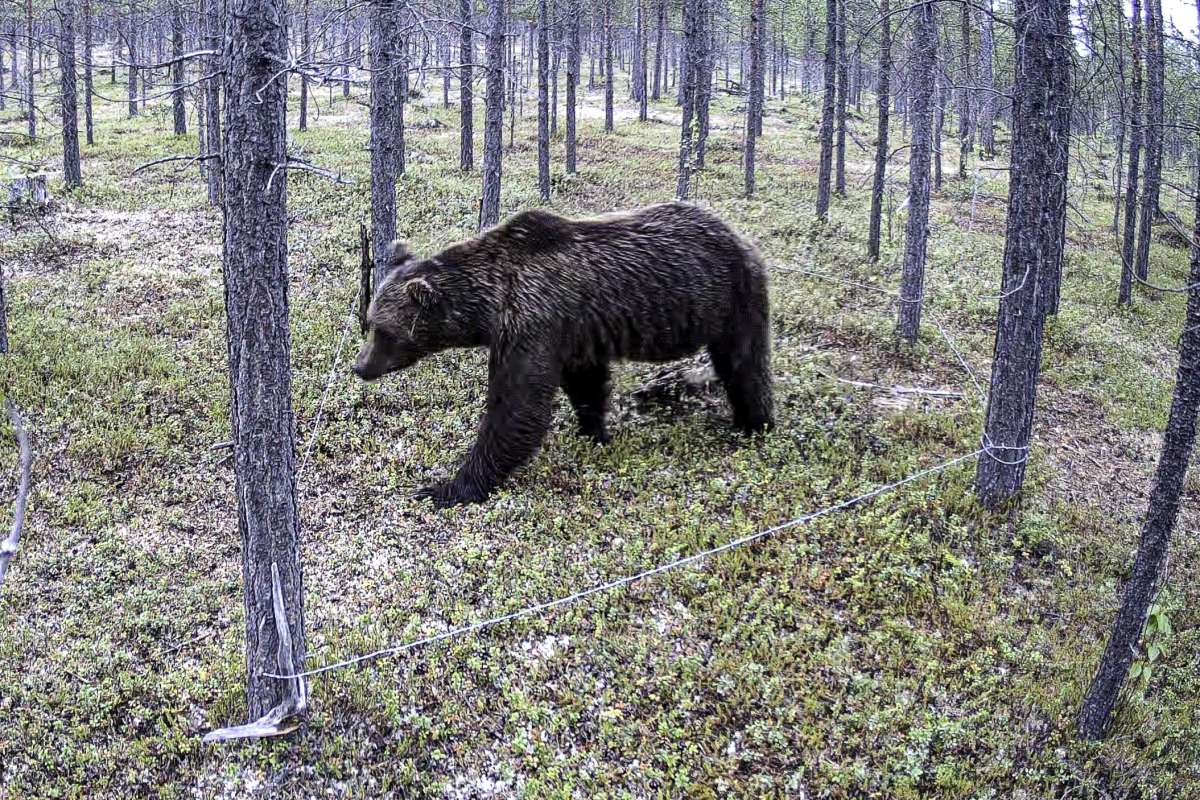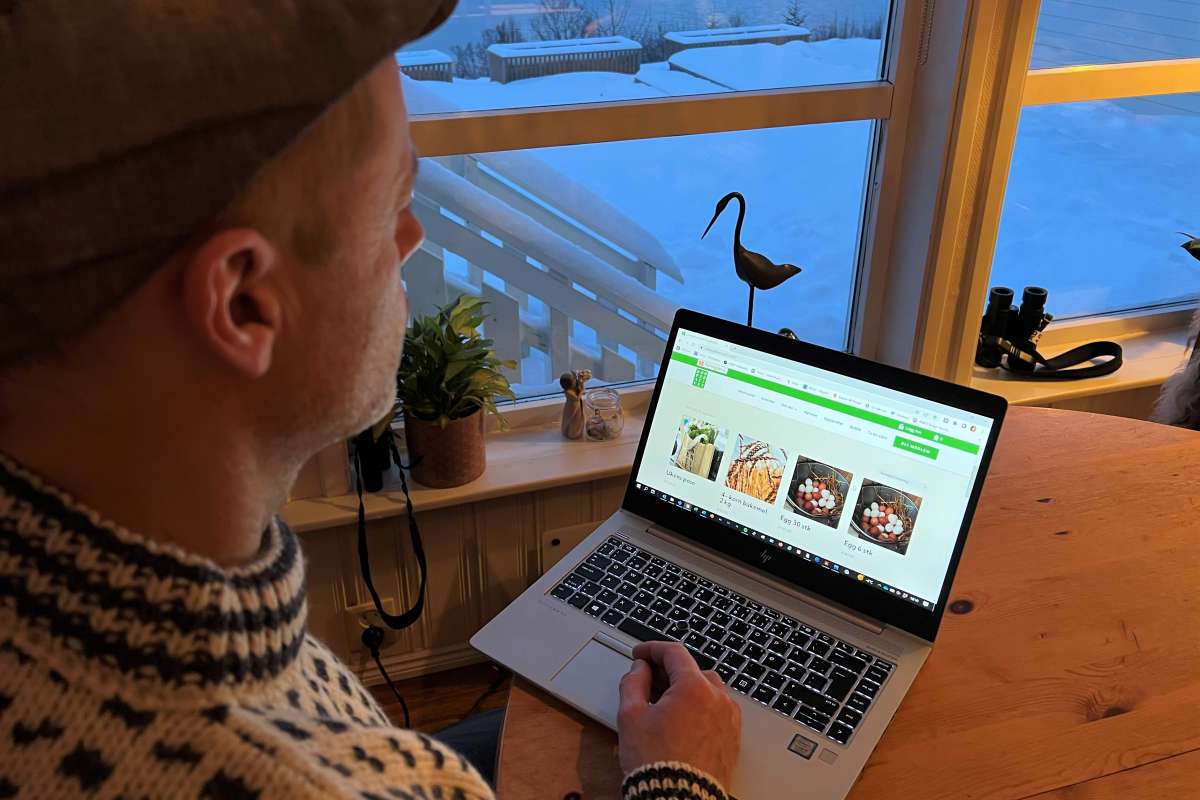Urban farming – for preparedness and public health
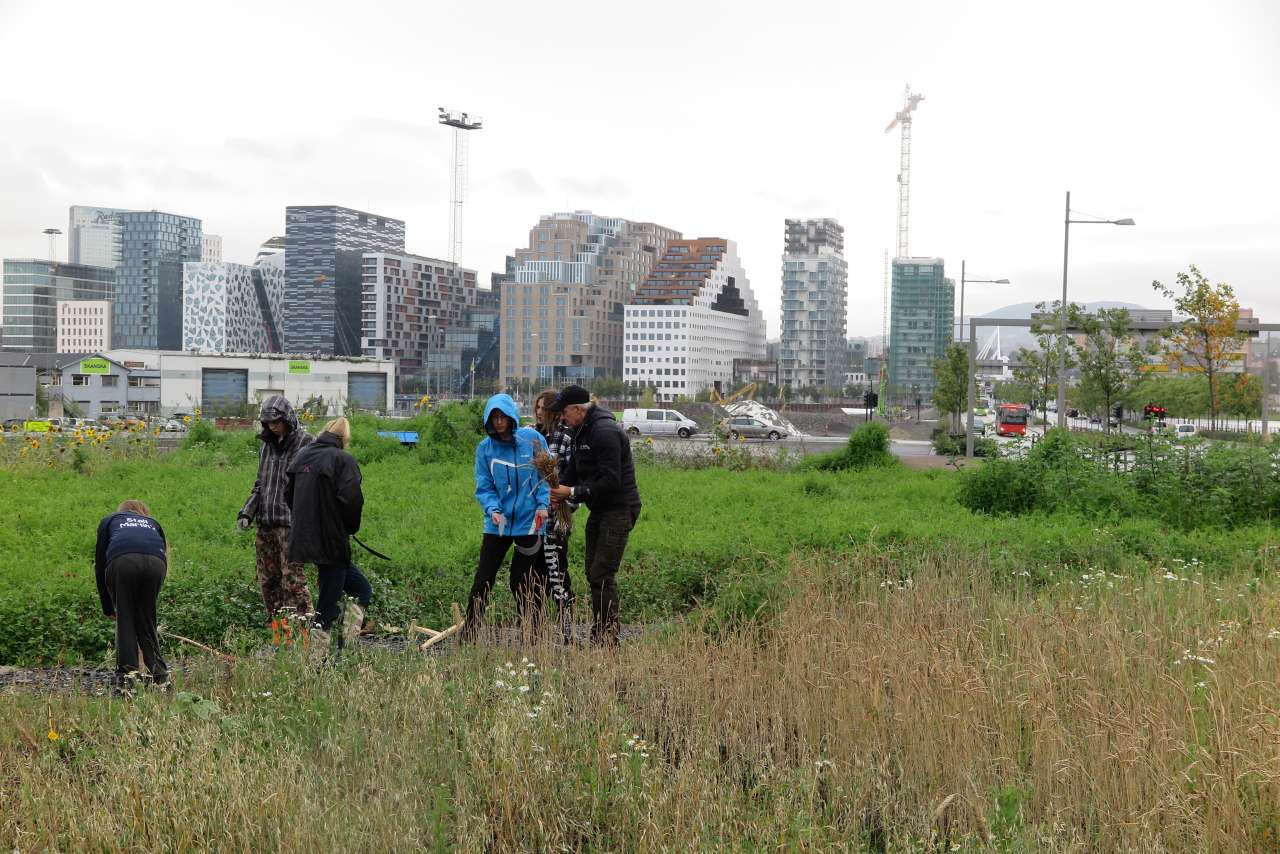
To live in a city doesn't have to mean asphalt, exhaust fumes, and noisy traffic. More and more municipalities throughout Norway are now actively working to prioritize areas for green spaces, plant boxes, and buzzing insects. Photo: Erik Joner
Fewer and fewer have practical knowledge of how to grow the food we eat. Often, this is a result of where we live, not of interest or desire. Through urban farming, more people can contribute to increased local food production and their own well-being.
"When I was growing up, everyone had a parent, an uncle, or a grandfather who was a farmer. That's not the case anymore. Today, we are distancing ourselves from primary industries. I don't think that's good for us, neither as people or for our preparedness," says Arne Sæbø, senior research scientist at NIBIO.
An increasing proportion of Norway's population lives in cities and urban areas. In fact, over 80%. At the same time, over 70% of green spaces have disappeared from the same cities and urban areas since the 1950s. This means that we are distancing ourselves from nature, as well as food production.
.jpg)
Close to home
As more and more people live closer to each other in apartment blocks and flats, it comes at the expense of green spaces and our opportunities to grow food or other plants.
But living in a city doesn't have to mean exclusively asphalt, exhaust fumes, and noisy traffic. More and more municipalities across Norway are now actively prioritizing areas for green spaces, plant boxes, and buzzing insects.
Studies have shown that we humans need to have nature, or at least elements of it, close to us. Many also have a strong need to dig in the soil, cultivate plants, and eat what they grow themselves.
"Cities like Bergen, Oslo, Kristiansand, Stavanger, and Bodø, have made great strides in facilitating urban farming. But there are still many municipalities that need a little help to get started," says Sæbø.
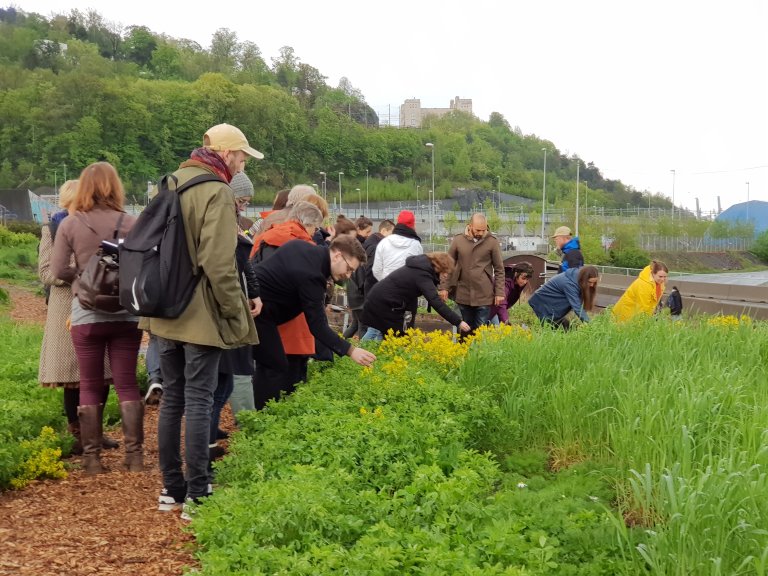
Municipal facilitation
NIBIO has recently published a guide for urban farming.
"In this guide, we provide tips for municipalities that are just starting out. The most important tip is that they must be conscious of the signals they send to those interested in urban farming. These signals must come in the form of good facilitation. Suitable areas must be made available, and guidance must be provided for organization and practical cultivation," says Sæbø.
"In addition, I believe it is crucial that the municipality plays along with enthusiasts who have the interest and motivation to cultivate the area."
Many allotment gardens, community gardens, cooperative farms, and the like, have long waiting lists.
"In addition to cultivation itself, I think many see this as an important social meeting place. This is something we can exploit even better, to the benefit of individuals and society," says Sæbø.
The demand exceeds the capacity by far. This means there is great potential to expand the offer available today. Additionally, there are exciting opportunities in alternative forms of urban farming.
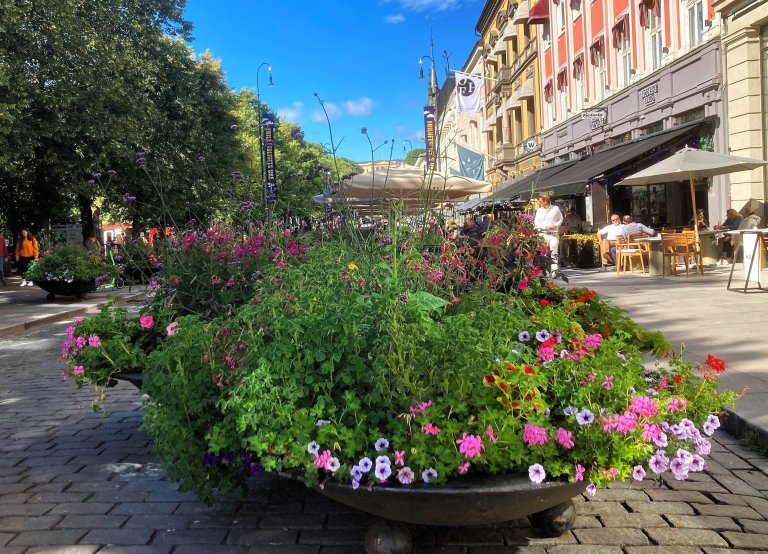
Pilfering allowed
What about trying something new, like they have done in Germany?
"In the German city of Andernach, they have created a so-called 'edible city.' Here, they have planted edible plants, fruit bushes, and vegetables in the city's green spaces. And all the city's inhabitants can harvest freely," says Sæbø.
"Maybe we can achieve this in Norwegian municipalities too? In the German example, volunteers and the unemployed plant and tend to green areas, in return for being able to harvest the raw materials freely."
Digging in the soil and cultivating good products can instil pride in having contributed to producing good food that benefit society as a whole. In addition, there is value in engaging in something meaningful – a value that cannot be measured in euros and cents.
Contacts

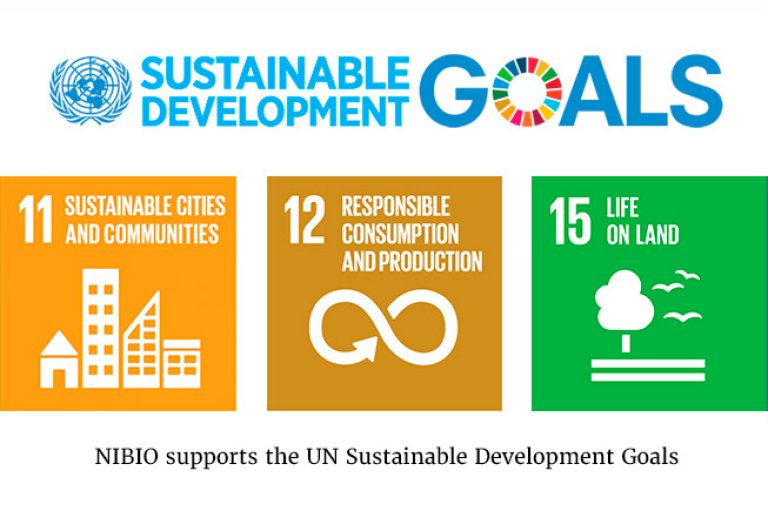
What is urban farming?
Urban farming is diverse. It can involve utilizing and cultivating edible plants in areas open to the public, cultivation in plots, plant boxes, rooftop gardens, and other locations in urban areas. Effective planning, involving multiple municipal departments such as planners, property associations or community organizations, and managers of water and sewage, farming, and culture, will contribute to success. The benefits can be significant, particularly when considering public health, social integration, emergency preparedness, and biodiversity, among others. The extensive range of benefits across multiple sectors is the rationale for investments in urban farming.
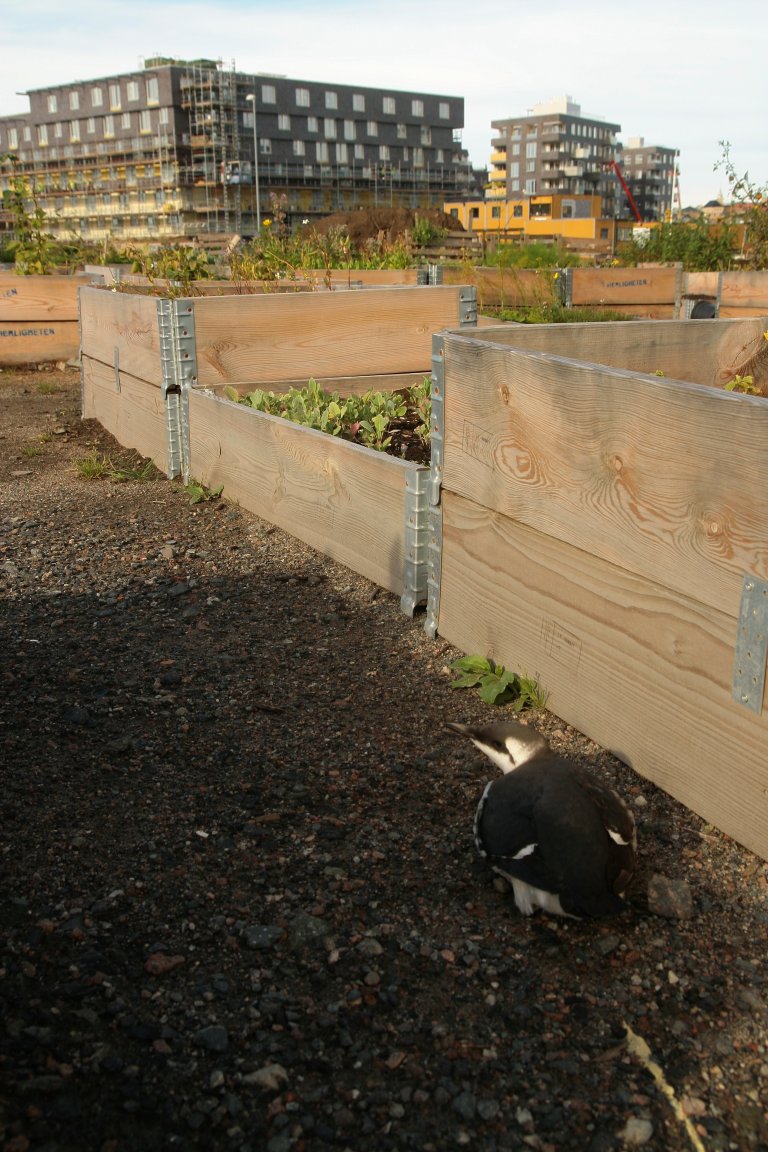
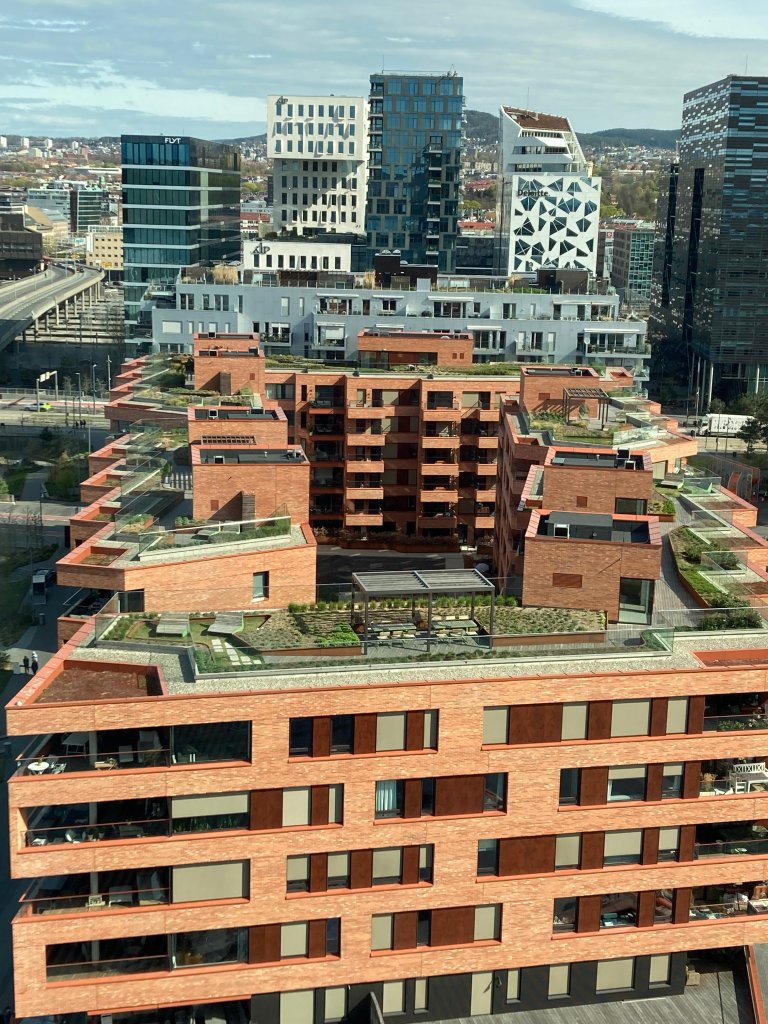
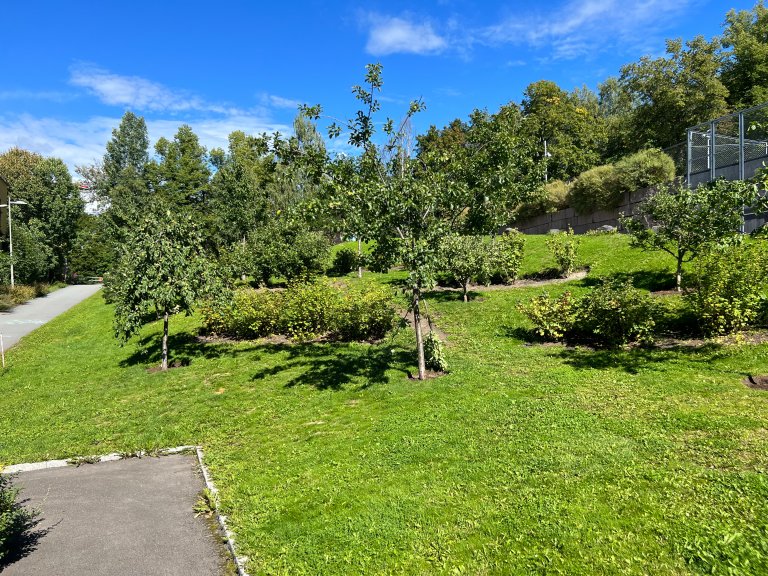
Contacts


